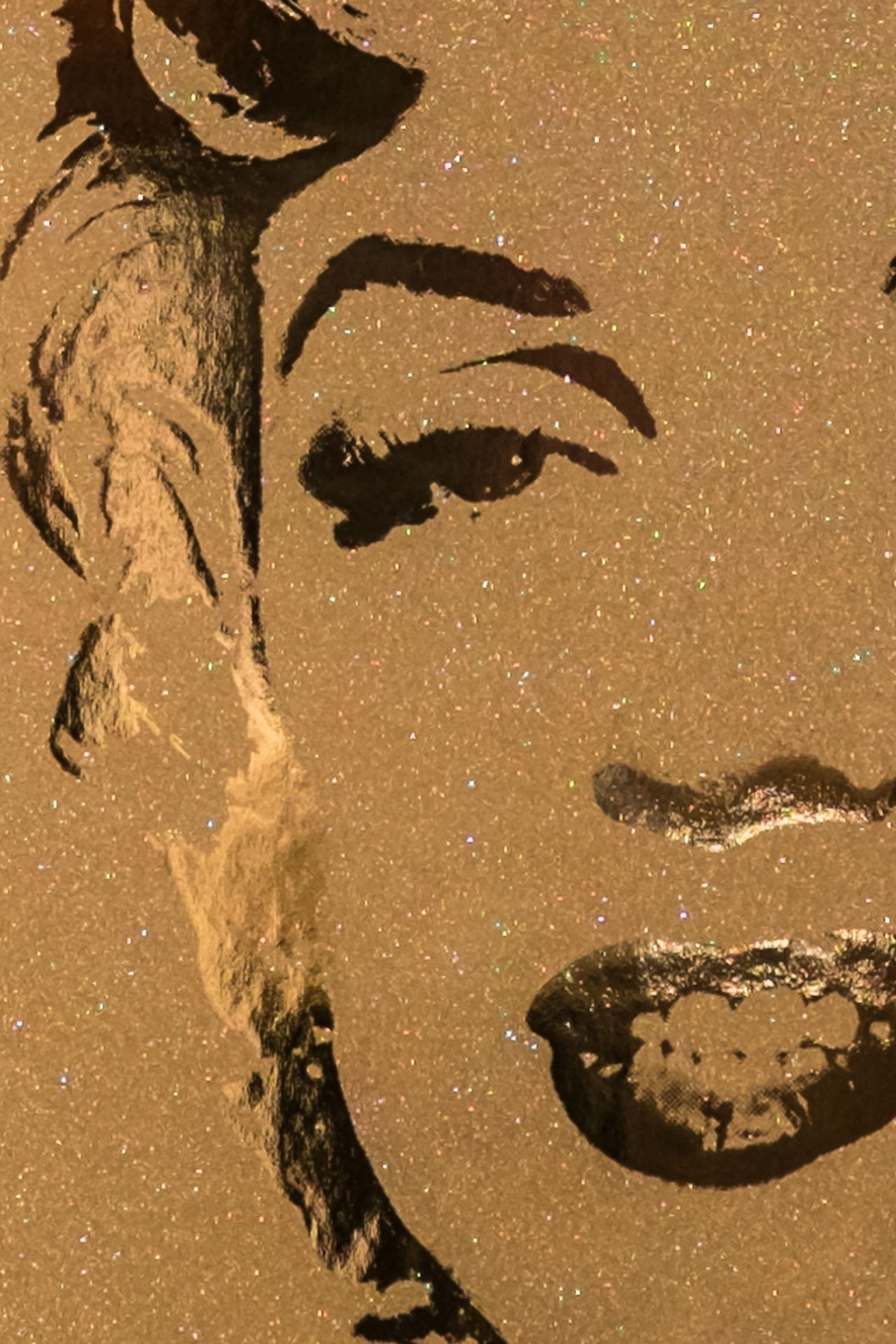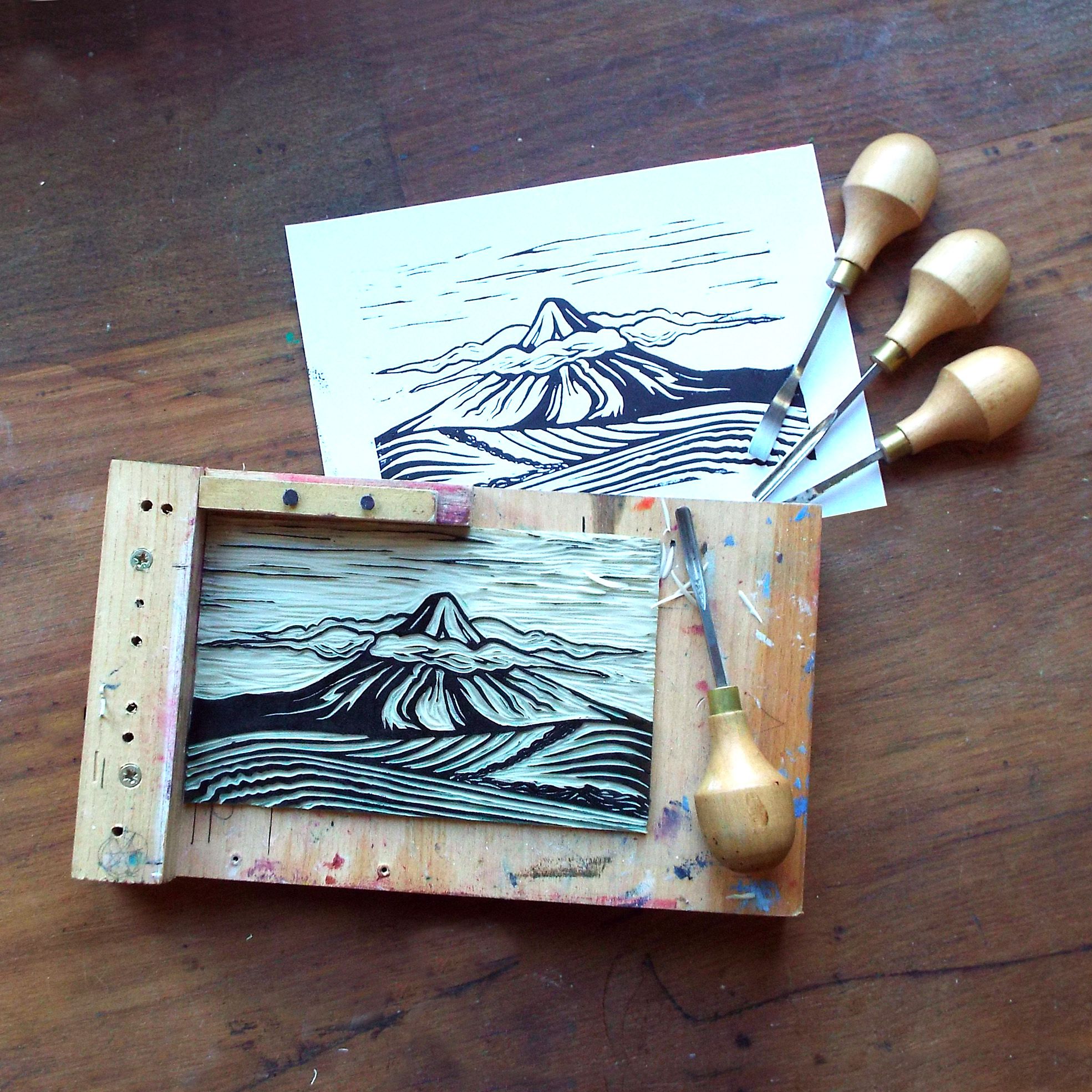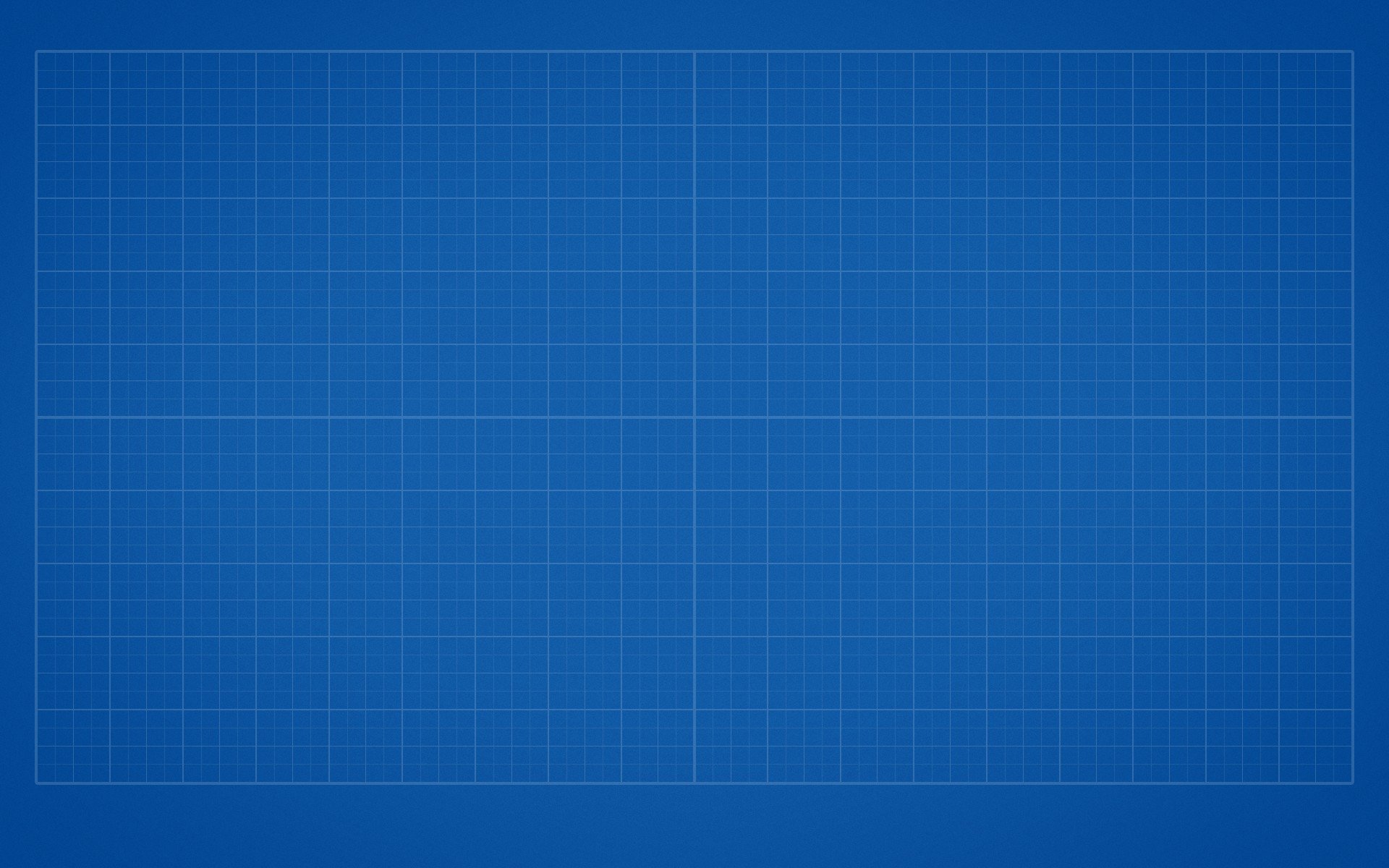

The pattern on the back of the mirror is seen in a projection when light is reflected from the polished front onto a wall or other surface. The mirrors were cast in bronze with a pattern embossed at the back and a mercury amalgam laid over the polished front.

The origins of these mirrors have been traced back to the Chinese Han dynasty (206 BC – 24 AD) and are also found in Japan.

The oldest known objects that can project images are Chinese magic mirrors. The camera obscura device would mostly live on as a drawing aid in the form of tents and boxes and was adapted into the photographic camera in the first decades of the 19th century. The shared history of camera and projector basically split with the introduction of the magic lantern in the later half of the 17th century. The use of a lens in the opening of a wall or closed window shutter of a darkened room has been traced back to circa 1550. In the early 11th century, Arab physicist Ibn al-Haytham (Alhazen) described experiments with light through a small opening in a darkened room and realized that a smaller hole provided a sharper image. Mozi correctly asserted that the camera obscura image is inverted because light travels in straight lines. The oldest known record of this principle is a description by Han Chinese philosopher Mozi (ca. Camera obscura ( Latin for "dark room") is the natural optical phenomenon that occurs when an image of a scene at the other side of a screen (or for instance a wall) is projected through a small hole in that screen to form an inverted image (left to right and upside down) on a surface opposite to the opening. Projectors share a common history with cameras in the camera obscura. Main articles: Camera obscura and Pinhole camera
#TRANSLUCENT PAPER FOR SCREEN PRINTING SERIES#
Joseph Needham sums up some possible projection examples from China in his 1962 book series Science and Civilization in China Prehistory to 1100 Shadow play Projections were often presented or perceived as magic or even as religious experiences, with most projectionists unwilling to share their secrets. Many did not understand the nature of what they had seen and few had ever seen other comparable media. Spectators did not always provide the details needed to differentiate between for instance a shadow play and a lantern projection. There probably existed quite a few other types of projectors than the examples described below, but evidence is scarce and reports are often unclear about their nature.
#TRANSLUCENT PAPER FOR SCREEN PRINTING MOVIE#
Movie theaters used a type of projector called a movie projector, nowadays mostly replaced with digital cinema video projectors. The newest types of projectors are handheld projectors that use lasers or LEDs to project images. These earlier types of projectors were mostly replaced with digital video projectors throughout the 1990s and early 2000s, but old analog projectors are still used at some places. Video projectors are digital replacements for earlier types of projectors such as slide projectors and overhead projectors. The most common type of projector used today is called a video projector. A virtual retinal display, or retinal projector, is a projector that projects an image directly on the retina instead of using an external projection screen. Most projectors create an image by shining a light through a small transparent lens, but some newer types of projectors can project the image directly, by using lasers. A projector or image projector is an optical device that projects an image (or moving images) onto a surface, commonly a projection screen.


 0 kommentar(er)
0 kommentar(er)
